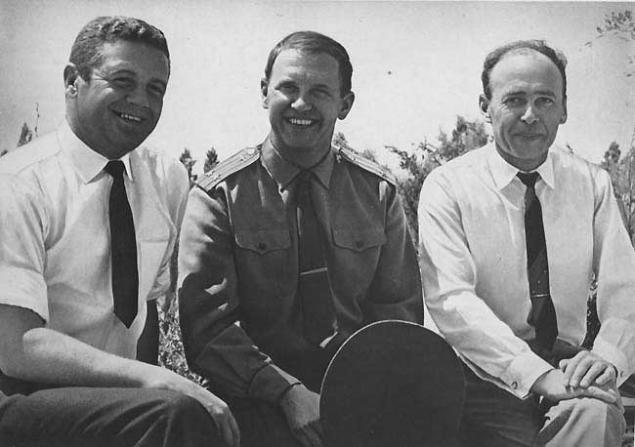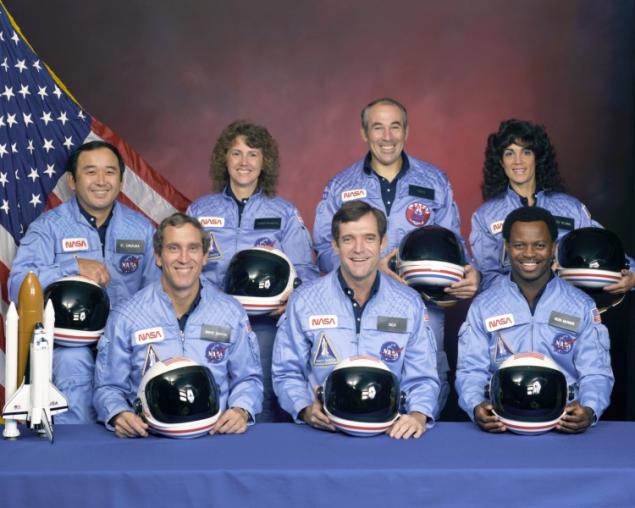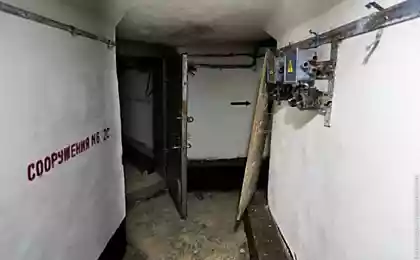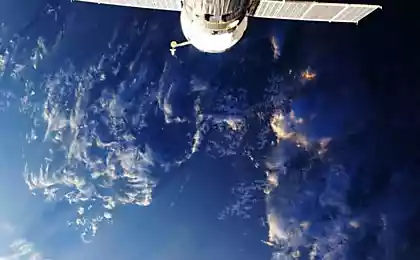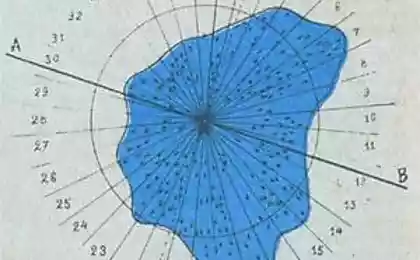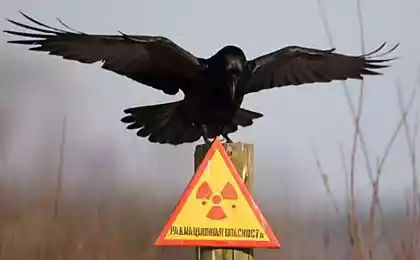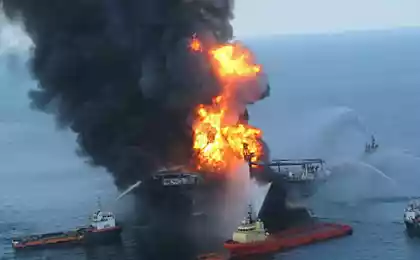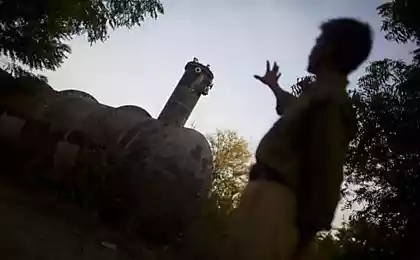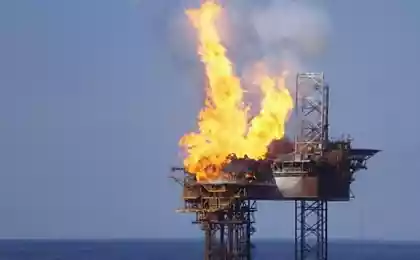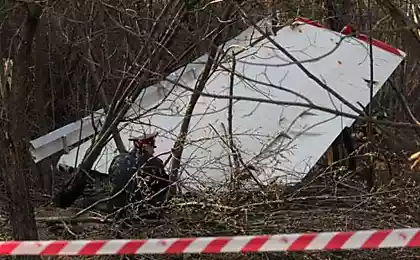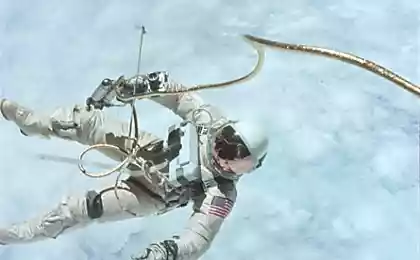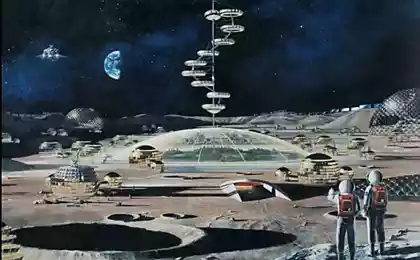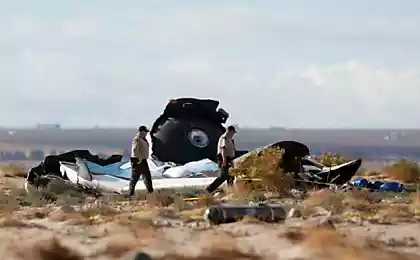1111
Lessons cosmic catastrophes
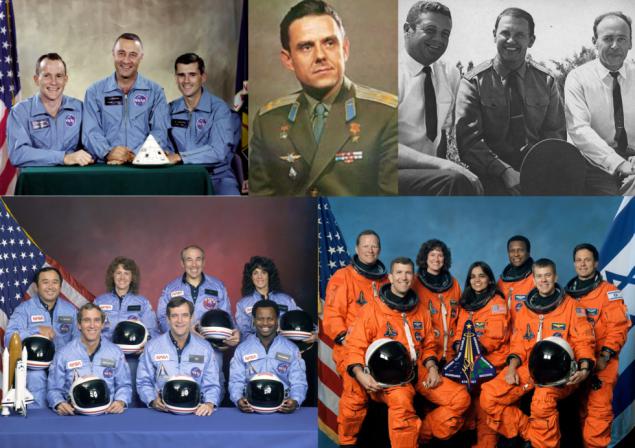
The end of January - a mourning time for NASA. Their very catastrophe "heap" occurred in late January-early February. In the history of space exploration occurred five cosmic catastrophes, they killed twenty-one people. And the saddest thing in this disaster is that all of them might not be. None of them did not take place due to the action of an external force majeure, accident or a fault of the crew.
Introduction h4> To avoid disputes about what "cosmic catastrophe", in this article I will be understood by her incident with the death of cosmonauts / astronauts, which occurred in the operation of space technology in space flight or in preparation for it. Such incidents in the history of the five "Apollo 1", "Soyuz-1", "Soyuz-11", "Challenger STS-51-L», «Columbia STS-107».
Apollo 1 h4> 
From left to right: Ed White, Gus Grissom, Roger Chaffee i>
Moon race between the USSR and the USA was in full swing. US spy satellites due knew that the Soviet Union built a new large rocket, which may take the moon of Soviet cosmonauts. Active machines tranquility flights also not added. Therefore, the development of ships "Apollo" was carried out in a big hurry. The command module "Apollo" was made in two versions - Block I test in the form of unmanned and fly to orbit the Earth, and Block II, which was to be finalized taking into account comments on the Block I, and would be suitable to fly to the moon. Two unmanned flight (AS-201 and AS-202) were successfully carried out in 1966, and the first manned mission is planned for the end of February 1967. Began training the crew. The module arrived at the launch site is not completely finished, hundreds of engineering changes were made in the process of preparing for the flight at the cosmodrome. January 27, was scheduled first test with simulated job command module on-board catering. It consisted in checking the performance of devices of the ship and home preparedness kit before the start, but without a real run. Tanks on the service module were not filled, pyrotechnic devices are disconnected, so the test is considered safe. The test started at one o'clock. It took quite difficult, there were many problems with communication, a set of ready went very slowly. At 18:31 on the intercom came the cry "Fire in the cockpit!". Fifteen seconds unit burst, unable to withstand the pressure increase. Astronauts Gus Grissom, Ed White and Roger Chaffee were not able to get out of the burning unit, and died.
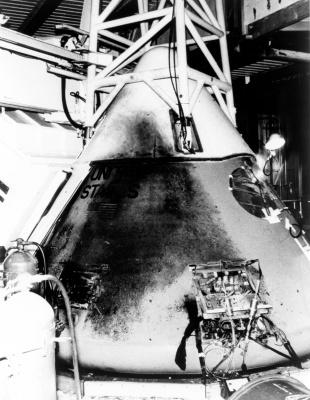
The sequence of events h5> 18:30:54: According to the telemetry recorded surges.
18:31:04: You can hear the exclamation "Hey!" Chaffee and scraping sounds.
18:31:06: White Report: "Fire in the cockpit!" On TV you can see from left to right, fast moving flames, the smoke obscures the TV screens.
18:31:12: Creek allegedly Chaffee: "We have a strong fire!" The sound of bursting command module, shouting: "I'm burning!»
18:31:21: Open audio communication.
~ 18: 36: Staff Only at this point was able to get to the module, cut through the smoke and open the hatch of the module. The module was filled with smoke, fire generally ceased. Body Grissom and White were found in the hatch, the body was in the cradle Chaffee. According to the instructions of an emergency evacuation, he had to wait for the opening of the hatch and maintain communication. An autopsy revealed that the astronauts died from cardiac arrest caused by inhaling carbon monoxide. Burns bodies were posthumous.
The reasons for the disaster h5> The immediate cause of the accident was a spark or short circuit in the wiring. The exact location of the spark we only know about, there are different versions, wear insulation on wires (from the opening / closing flap technical) to static electricity. However, as in most of the technical systems, the factors that influenced the accident, there were several:
The main cause of death of the astronauts was the inability to quickly leave the command module. Hatch command module consisted of two parts. The upper part opens outward, the lower - in. Increasing pressure from the heat in the fire made the opening of the internal hatch impossible. The reason for choosing such a unique engineering solution known. In the next version, Block II, the hatch was opened to the outside, it would make for ease of escape during extravehicular activity at the end of the flight, the question of emergency escape capsule was not considered. The lack of emergency relief hatch was due to fears of an unauthorized operation, as happened in 1961 with Gus Grissom, who nearly drowned after the splashdown of the capsule due to the spontaneous ejection hatch.
On fire impact force that was in the cabin atmosphere of pure oxygen at a pressure above atmospheric pressure (16 psi or 1, 1 atm). In these circumstances, even burning those materials which normally are virtually non-flammable. Burning even aluminum. How different materials burn in pure oxygen can be viewed here . NASA successfully used an atmosphere of pure oxygen at previous ships - "Mercury" and "Gemini" This saves weight and simplifies the design of life support systems. Familiarity an atmosphere and lack of special problems has led to developers that it has ceased to be perceived as dangerous. On the contrary, in 1960, a test was almost killed when testing a mixed oxygen-nitrogen atmosphere.
The measures h5> To repeat of the disaster was not possible, the following actions were taken:
The atmosphere in the cockpit at the start was changed to 60% oxygen and 40% nitrogen. Luc was replaced by open outwards. All flammable materials have been replaced by non-flammable . Nylon replaced with "Beta-fabric" of fiberglass. The wires were covered with non-combustible insulation (Teflon). have been fixed in 1407 problems with the wiring. < br />
Implications h5> The "Apollo" was delayed by twenty months to correct various problems. After completions ships have proven to be very reliable, a very serious accident at the "Apollo 13" has not resulted in human casualties.
Soyuz-1 h4> 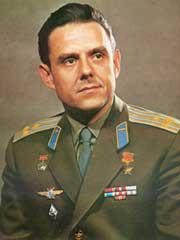
Day April 23, 1967 was difficult for the staff of MCC and developers "Soyuz". The ambitious mission of "Soyuz" -1 and -2 was thwarted. According to the plan, first launched into orbit "Soyuz-1" Vladimir Komarov. Then it had to be started "Soyuz-2" with the astronauts Bykovsky, Yeliseyev, Khrunov. The ships were to dock, and Elisha with Khrunov had to go to the "Soyuz-1" through open space. However, immediately after the start of "Soyuz-1" has serious problems: not open one of the solar panels, the system worked unstable ion orientation and refused solar-stellar sensor orientation. Asymmetrically opened solar panels shifted the center of gravity, do not get a twist on the sun to charge the battery, there were problems with the system orientation. The mission had to be prematurely terminated. With the return to Earth, too, have problems - system failures and asymmetry of the center of mass is not allowed to guide the ship in braking. PMU has developed a new emergency procedure manual orientation of the spacecraft. Komarov successfully oriented the ship manually. Deorbit burn was issued correctly, the ship came down from orbit, it took the division compartments lander and braking in the dense layers of the atmosphere. However, at the landing site was found crashed and burning lander. Cosmonaut Vladimir Komarov died.
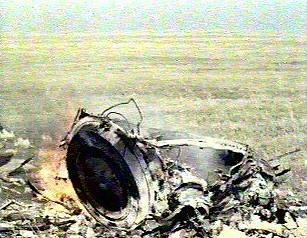
The sequence of events h5> At an altitude of 9, 5 km was cleared hatch cover of the main parachute and drogue parachute was introduced, which was supposed to pull the main parachute from the bay. However, he could not do it, the main parachute was in the container. At a height of 5, 5 km automatic reserve parachute estimate the rate of decline as inadmissible and involving reserve parachute. However, he was shaded and drag parachute failed to open. With a speed of about 140 km / h "Soyuz-1" hit the ground. Stay in the tanks of concentrated hydrogen peroxide, which is used in the controlled descent, caused a very large fire that hampered the investigation.
The reasons for the disaster h5> The immediate cause of the accident was the failure of the main parachute. Drag chute did not have enough force to pull the main parachute. Put forward two possible reasons:
Violation of manufacturing technology lander. During manufacture lander was placed in an autoclave for the heat-polymerizing resin. However, because of the haste cap parachute containers were sent to the shop later, and autoclaved separately. Hatches parachutes something covered up, but apparently loosely, and volatile fractions were plastering the walls of the parachute container, making them rough, lumpy and sticky. Increased friction has made insufficient effort to brake parachute. An error in the design - because of the rush "Union" never before flight Komarov did not make a normal landing: drone "Cosmos-133" was blown up during the descent because of the risk of landing in the territory of the USSR, the ship 7K -tuples №1 landed on the reserve parachute because of incorrect operation of the emergency rescue at the start, "Cosmos-140" sat depressurized due to the burnout of the bottom. In normal planting increased pressure in the descent module squeezed container and to make an effort braking parachute insufficient. The cause of death was the refusal astronaut reserve parachute. Due to the aerodynamic shadowing braking parachute canopy, he could not be filled. The investigation revealed that during testing of the parachute system such failure has not been tested. Ironically, the failure of an expansion of solar cell (caught on the screen-vacuum insulation), tore the flight program, saved the life of Bykovsky, Eliseev and Khrunov. They were supposed to fly on the same boat with the same fatal flaw.




